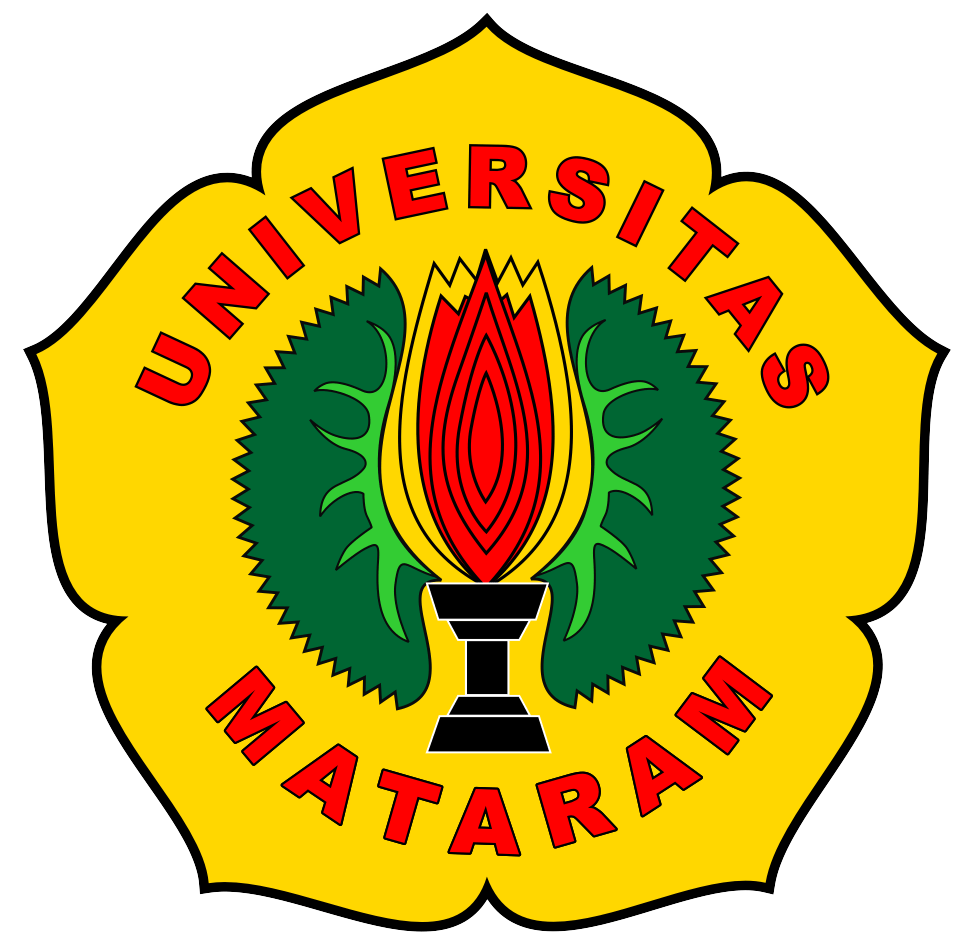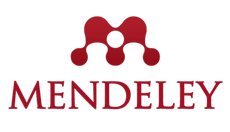Pencegahan Stroke pada Hipertensi Berdasarkan Mekanisme Patogenesis
DOI:
https://doi.org/10.29303/jk.v12i2.4393Keywords:
Stroke, Hipertensi, Pencegahan, PatogenesisAbstract
Hipertensi merupakan penyakit yang menyebabkan kematian sebanyak 6,7% di seluruh dunia dan merupakan faktor risiko utama pada kejadian stroke di Indonesia (79%). Sekitar 60% penderita hipertensi berakhir pada stroke, baik stroke hemoragik ataupun iskemik. Sebanyak 40% kasus stroke dapat dicegah melalui manajemen tekanan darah (TD) yang baik, namun demikian diperlukan strategi lain untuk memaksimalkan penurunan angka kejadianstrokepadapasien hipertensi. Studiliteraturinibertujuanuntukmenemukancelah strategi yang dapat dikembangkan untuk pencegahan stroke pada pasien hipertensi berdasarkan mekanisme yang terlibat pathogenesisnya. Kombinasi kata kunci digunakan untuk mencari literatur peer-review yang diterbitkan di PubMed, Scopus, dan Google schoolar. Berbagai mekanisme terlibat dalam patogenesis stroke pada pasien hipertensi, antara lain peningkatanTD danvariabilitas tekanandarah (VTD), disfungsi baroreflex, stres oksidatif yang diinduksi Angiotensin II (Ang II), dan juga inflamasi yang melibatkan sistem imun bawaan. Strategipencegahan stroke pada penderitahipertensi dapat dijelajahimelalui mekanisme yang terlibat tersebut, yaitu melalui manajemen tekanan darah, intervensi antioksidan dan anti-inflamasi spesifik, serta pemberian agen yang mampu memodulasi baroreflex.Pencegahan stroke pada hipertensi berdasarkan mekanisme patogenesisnya dapat menjadi celah untuk studi lebih lanjut dalam menekan angka kejadian stroke serta mencegah terjadinya stroke berulang
Downloads
Published
Issue
Section
License
Authors who publish with Unram Medical Journal, agree to the following terms:
- Authors retain copyright and grant the journal right of first publication with the work simultaneously licensed under a Creative Commons Attribution 4.0 International License (CC-BY License). This license allows authors to use all articles, data sets, graphics, and appendices in data mining applications, search engines, websites, blogs, and other platforms by providing an appropriate reference. The journal allows the author(s) to hold the copyright without restrictions and will retain publishing rights without restrictions.
- Authors are able to enter into separate, additional contractual arrangements for the non-exclusive distribution of the journal's published version of the work (e.g., post it to an institutional repository or publish it in a book), with an acknowledgment of its initial publication in University of Mataram's Journal of Medicine.
- Authors are permitted and encouraged to post their work online (e.g., in institutional repositories or on their website) prior to and during the submission process, as it can lead to productive exchanges, as well as earlier and greater citation of published work (See The Effect of Open Access).
- This journal is open access journal which means that all content is freely available without charge to users or / institution. Users are allowed to read, download, copy, distribute, print, search, or link to full text articles in this journal without asking prior permission from the publisher or author.






